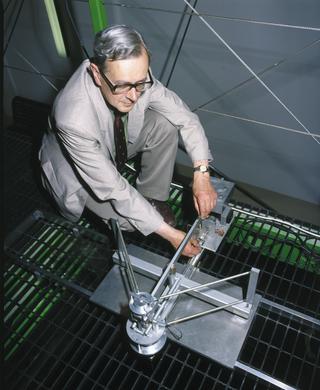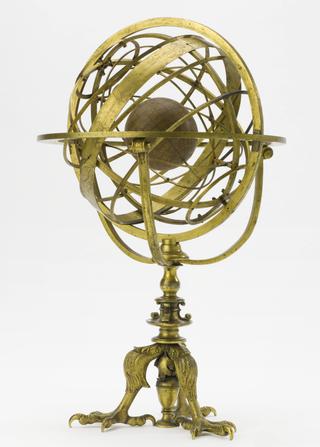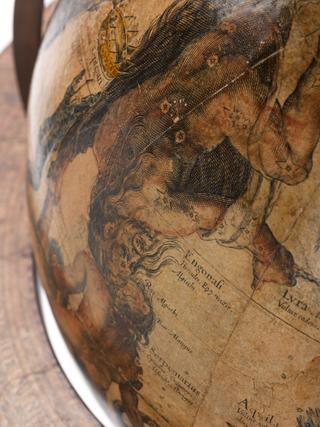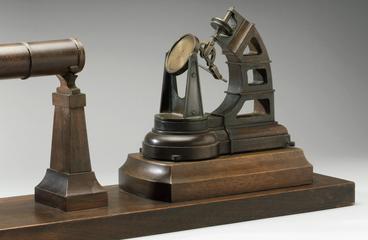
'Oscar', Sir Patrick Moore's first surviving large telescope
- Made:
- circa 1948 in Teddington
- maker:
- H N Irving and Son
Sir Patrick Moore's first surviving large telescope, nicknamed 'Oscar'. 12 1/2 inch reflecting telescope by H.N. Irving and Son, Teddington, London. Mirror by Wildey, London. Tripod not original. Bought c. 1948 and used at East Grinstead, Armagh and Surrey. Used for lunar observations, including those used by Moore to map libration zones. Acquired alongside the Archive of Sir Patrick Moore.
Sir Patrick Moore (1923–2012) hosted the BBC’s The Sky at Night for over 50 years, commencing on 26 April 1957. The programme was one of Britain’s longest-running TV shows (and the longest run by the same presenter). In 1969 he was part of the BBC commentary team that described the Moon landings.
He was best known for his popularisation work, and described himself as an amateur astronomer as he never had formal training. However, his astronomical observations were significant in their own right; both NASA and the Soviet space authorities used his lunar atlas to prepare for robotic and crewed missions to the Moon.
Moore had started keeping lunar notebooks in 1932. In his detailed drawings of the lunar surface he named several features not then known to the astronomical community. As the Russians planned their Lunik 3 satellite mission that launched in 1959, they were particularly interested in Moore’s maps of the regions on the fringes of the Moon’s visible surface which were not aways visible from Earth.




